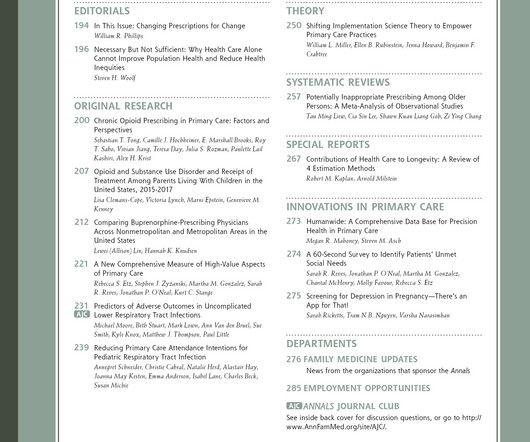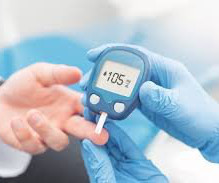Transitional Care Management care team impact on no-show rates to hospital discharge appointments [Patient education/adherence]
Annals of Family Medicine
NOVEMBER 20, 2024
Context: The Transitional Care Management (TCM) clinic visit is a uniquely billed visit type to review a recently discharged patient’s hospital course, reconcile medications, and continue ongoing workup. The pre-intervention no-show rate of TCM appointments at Wellstar MCG Health was 44% per month.












Let's personalize your content